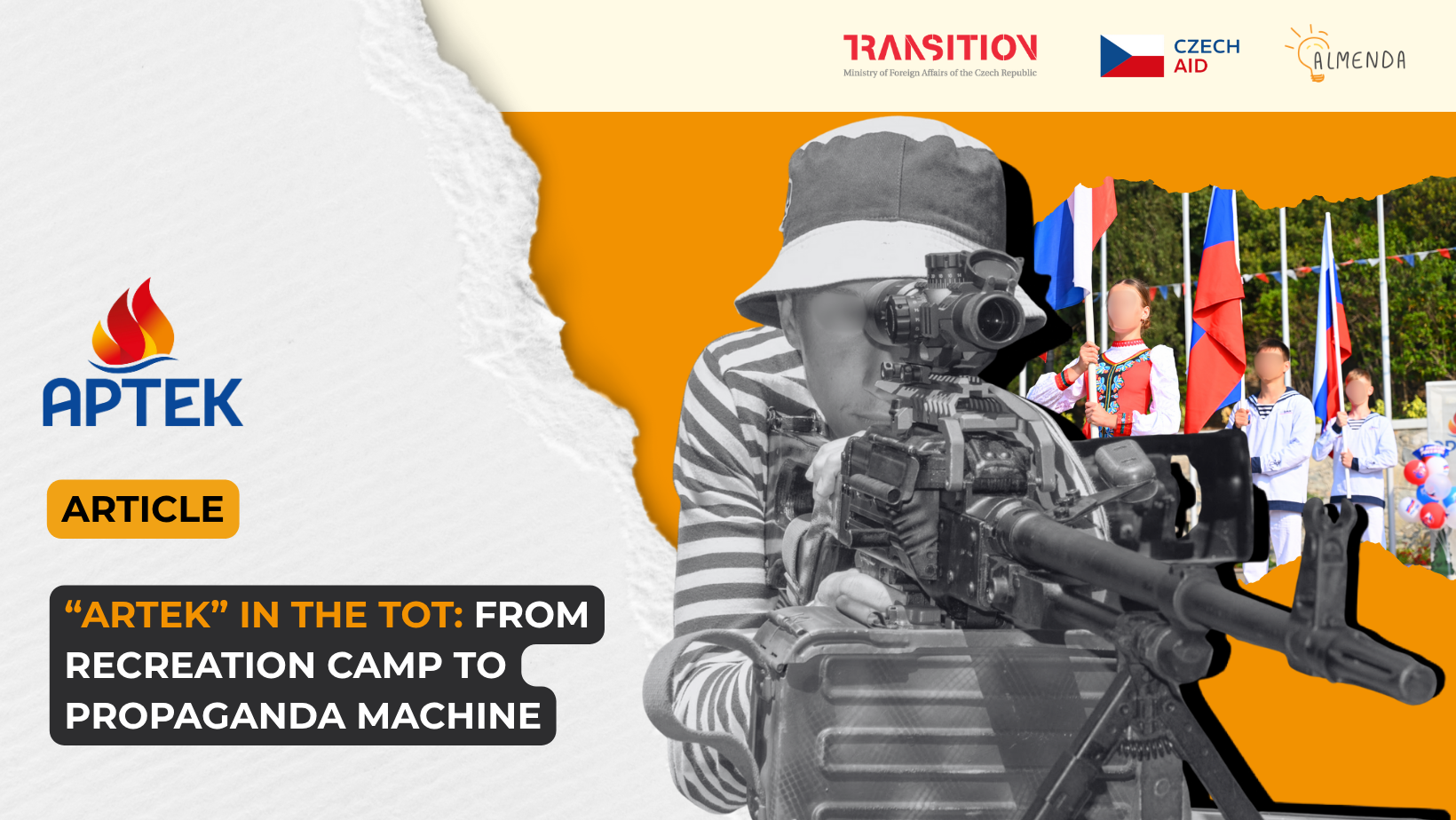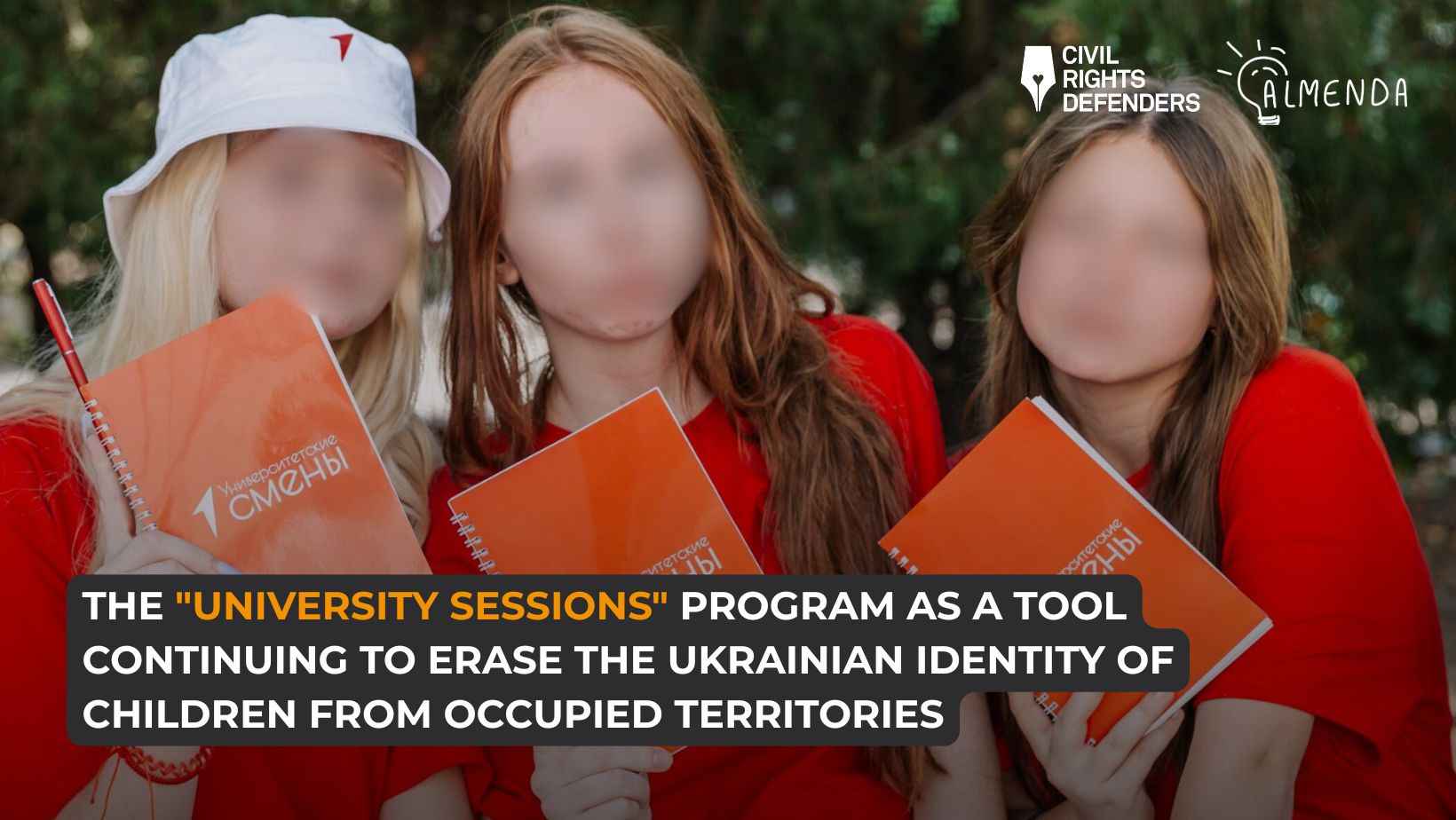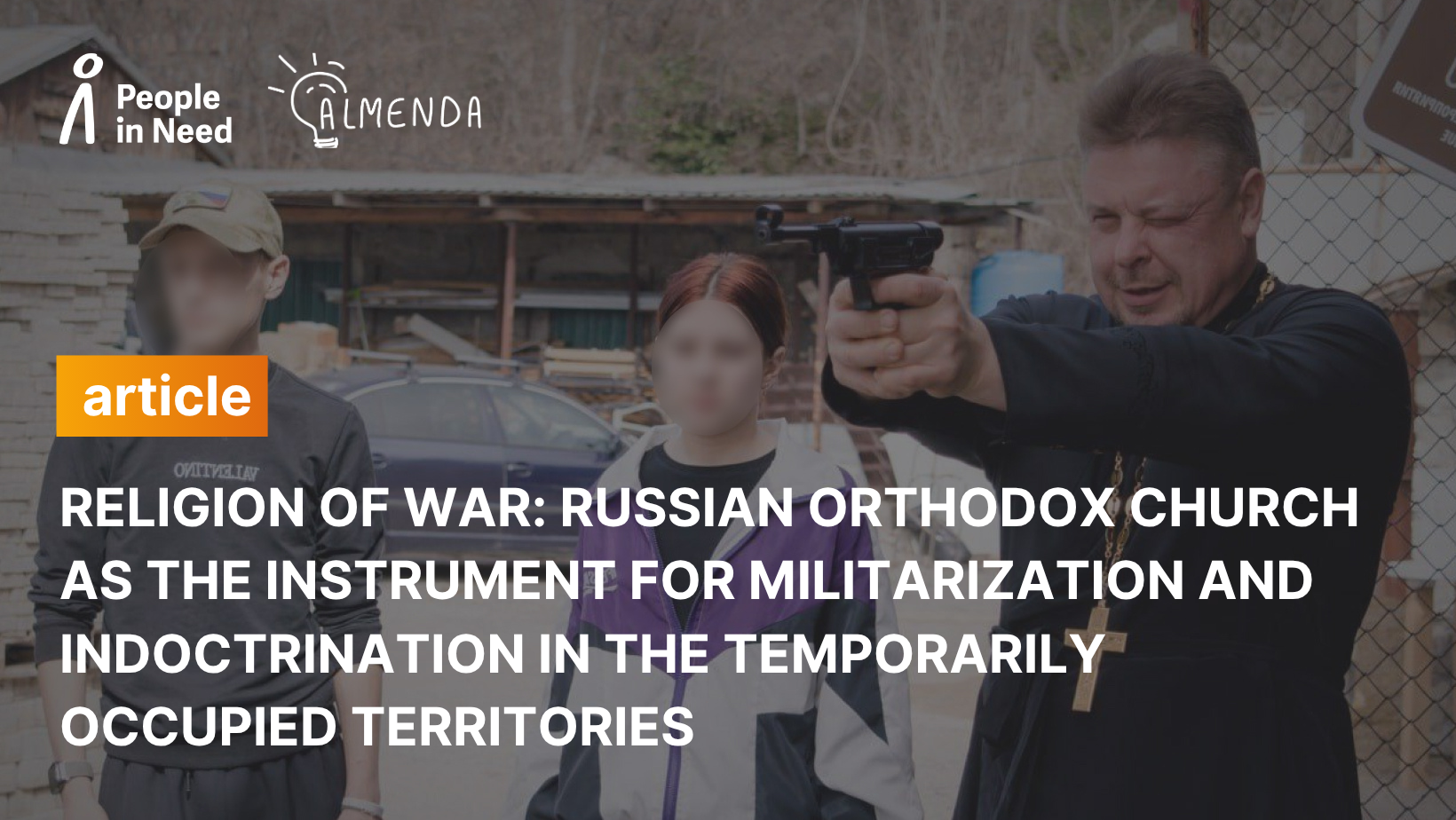

The so-called higher education of the occupiers in Southern Ukraine. The second part – the occupied parts of the Kherson and Zaporizhzhia regions
The full-scale invasion in 2022 and the rapid occupation of Kherson and part of Zaporizhzhia region led to the domination of the occupying power in the South of Ukraine. Very quickly, the occupiers began to “restore” secondary education. In June 2022, the Minister of Education of the Russian Federation Serhii Kravtsov personally handed out Russian certificates and even Russian gold medals to Ukrainian students. In particular, they were awarded to 13 graduates of schools in Melitopol and Berdiansk who studied in Ukrainian general secondary education institutions for 11 years.
Higher education was included too. Unfortunately, the almost complete lack of information, in particular statistical information and documents of occupation institutions of higher education, does not provide an opportunity to analyse the activities of the occupiers in the field of higher education. Most occupational institutions do not have websites, and the information posted on social networks is insufficient.
However, Oleh Okhredko, our analyst and expert, still collected statistical data on higher education in the newly occupied territories of the Kherson and Zaporizhzhia regions. These figures show what is happening with higher education at these TOTs.
However, Oleh Okhredko, our analyst and expert, still collected statistical data on higher education in the newly occupied territories of the Kherson and Zaporizhzhia regions. These figures show what is happening with higher education at these TOTs.
Read the material on the website of ZMINA. Human Rights Center (in Ukrainian).
The article was prepared by the Centre of civil education “Almenda” as a part of the project “Steps towards the meeting: bringing youth from temporarily occupied territories closer to reintegration”. The project is implemented with the financial support of the Ministry of Foreign Affairs of the Czech Republic as a part of the Transition Promotion Program. The views represented in this material belong to the authors and do not reflect the official position of the Ministry of Foreign Affairs of the Czech Republic.



